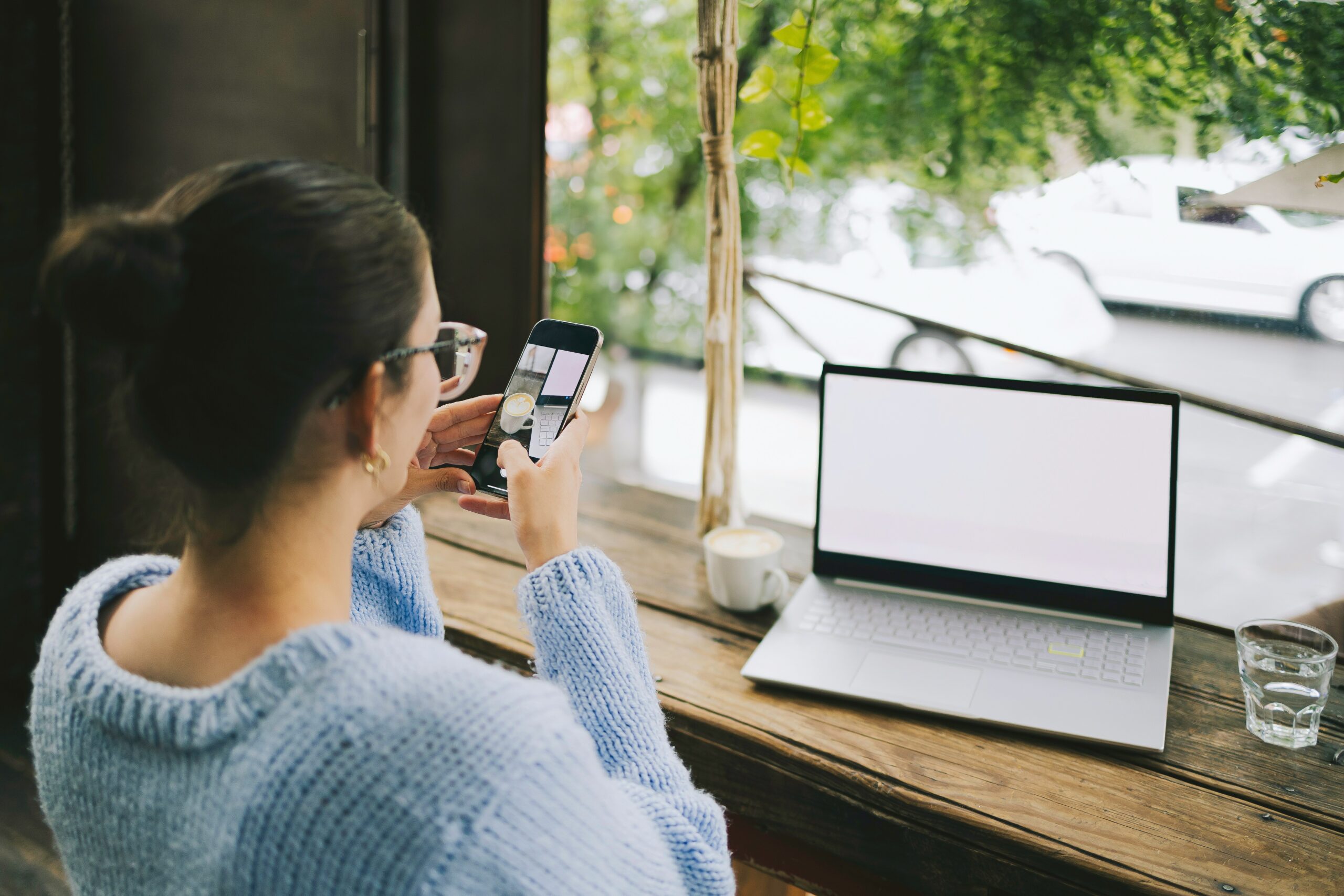
The Pull of Endless Connectivity
It’s hard to remember life before smartphones, when waiting in line or riding the bus meant daydreaming or chatting with whoever was next to you. Now, those quiet pockets of time are filled with scrolling, swiping, and checking notifications. Technology has woven itself into nearly every corner of our days—from work emails at breakfast to late-night videos before bed. While these devices keep us informed and connected, the constant presence of screens can quietly drain our attention, sleep, and even relationships.
When Convenience Turns into Compulsion
Most people don’t set out to spend hours a day on their phones or laptops. It usually starts with convenience: quickly checking the weather, looking up a recipe, or answering a text. However, the design of many apps is built around holding our attention for as long as possible. One notification leads to another, and suddenly, an evening that could have been spent resting or talking with family disappears into a digital rabbit hole. Recognizing this pattern is the first step in regaining control.
Small Habits That Make a Big Difference
Managing screen time doesn’t have to mean drastic digital detoxes or abandoning your devices altogether. Sometimes, it’s about introducing small but intentional habits. For example, keeping your phone out of reach while eating dinner can make room for more meaningful conversations. Setting a timer before diving into social media helps turn endless scrolling into a defined break. Even reducing push notifications—especially from nonessential apps—can reclaim huge amounts of mental space.
Setting Boundaries That Stick
Think of screen boundaries the same way you’d think of healthy eating habits. It’s not about perfection but consistency. You might set a personal rule not to check work emails after 8 p.m. or to avoid screens during the first 30 minutes after waking up. Families can create shared boundaries too, such as “tech-free Sundays” or a central charging station where devices sleep at night. These boundaries work best when they’re realistic and agreed upon, rather than strict rules that quickly get broken.
The Role of Technology in Self-Control
Ironically, the same devices that contribute to screen overload can also help us manage it. Many phones and computers now have built-in features that track daily usage and let you set app limits. For instance, a parent might cap their child’s video app time at an hour a day, or an adult might block social media entirely during work hours. These tools aren’t foolproof—most can be bypassed—but they act as gentle reminders that encourage mindfulness rather than mindless consumption.
Reclaiming Offline Joys
The best way to reduce unnecessary screen time is to fill the gap with something genuinely rewarding. Reading a paperback, going for a walk, or cooking a new recipe engages different senses and offers a refreshing break from glowing pixels. Social connections also thrive in screen-free environments. Hosting a game night or inviting a neighbor over for coffee might not compete with the dopamine hit of social media likes, but these offline joys leave longer-lasting satisfaction.
Helping Kids Navigate the Digital Landscape
Parents often face an uphill battle when guiding children through technology use. Kids see devices as entertainment hubs, learning tools, and social lifelines all at once. Rather than focusing only on restrictions, it helps to model balanced behavior. If children see adults constantly glued to their screens, rules about “too much time online” lose their weight. Instead, involve them in activities where screens aren’t the centerpiece—sports, arts, or even simple outdoor play. Conversations about why limits exist are just as important as the limits themselves.
Creating a Healthier Digital Relationship
Ultimately, managing screen time isn’t about rejecting technology—it’s about building a relationship with it that feels intentional, not overwhelming. Just as you might nurture friendships or take care of your physical health, paying attention to your digital habits is a form of self-care. Ask yourself simple questions: Does this screen add value to my life? Is it crowding out something I care about? Over time, these reflections lead to more balanced choices.